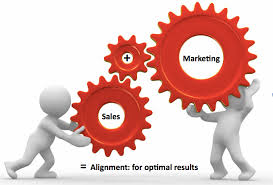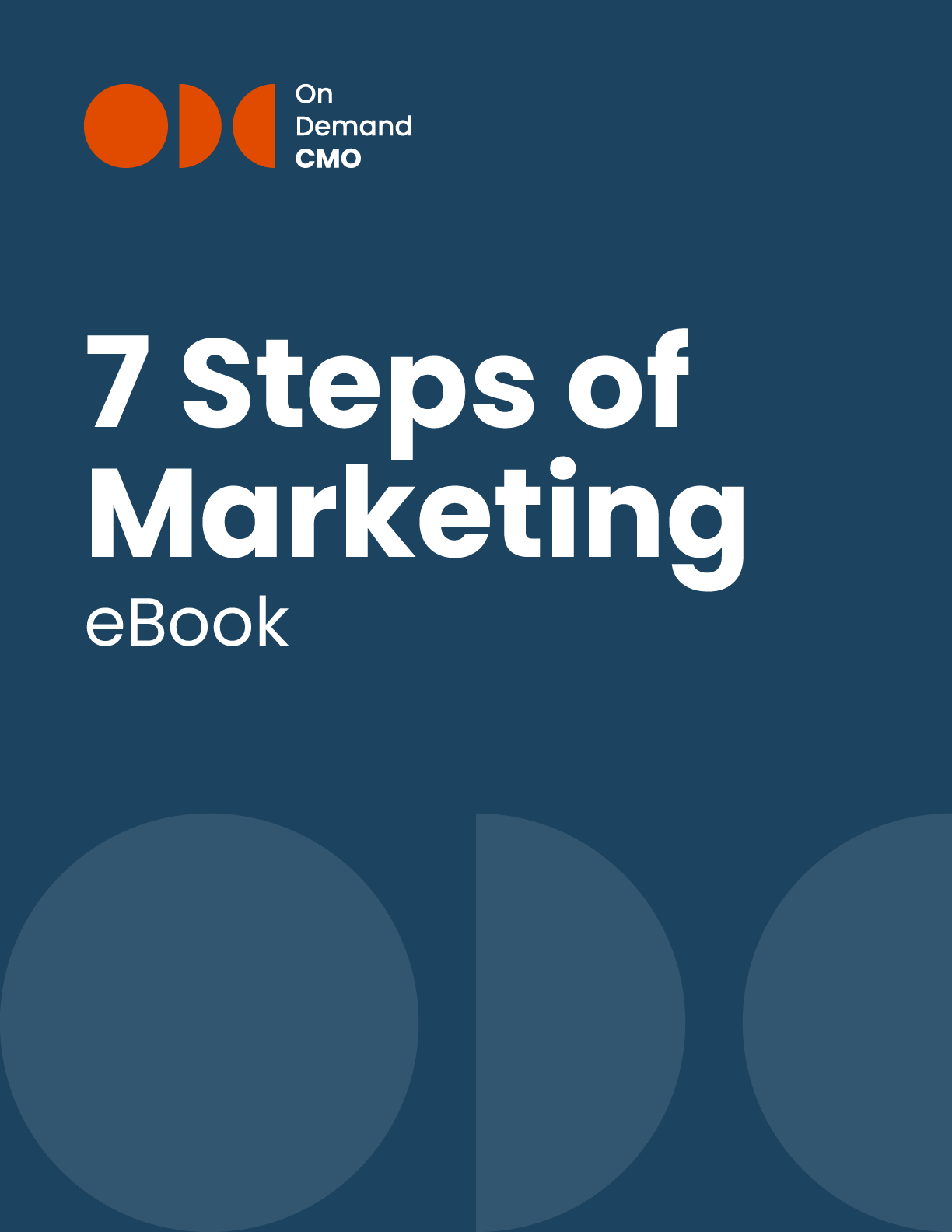
The purpose of marketing has traditionally been to build awareness for brands, products, and services. That is still an important part of marketing, but it’s not enough. Good marketers know that they need to have a positive impact on their company’s bottom line—and be able to prove it. There’s a new way to measure marketing’s success: its impact on revenue.
Marketing has a reputation problem: From the unflattering view as the department about “arts and crafts” to more positive, but less than ideal view of Marketing as an expensive but necessary evil, there’s no question, marketing is often misunderstood and not appreciated within many organizations. To prove your department’s worth to your CEO, stop reporting fluffy metrics like “awareness” and “sentiment” and report on the one metric CEOs care about: revenue.
The journey to transforming marketing from a cost center to a revenue center is a crucial one to make and one that will be increasingly more important as marketing continues to rapidly evolve. To get there, a partnership with Sales is absolutely essential.
A good partnership with sales is more than just adding marketing activities in front of an existing sales process and adding a few new metrics. Instead, sales and marketing should work together from the beginning. For the most effective collaboration, sales and marketing need to be on the same page—start by setting common definitions and metrics. Simple terms like “lead” and “sales ready” can mean very different things to a marketer and a sales rep. Meet with sales and decide on a set of shared definitions for key terms to make sure you’re on the same page.
Next, develop a set of shared metrics that will have meaning to the CEO/CFO (the number of new Twitter followers gained from a campaign is important for marketers to know, but not very important to the CEO who wants to know how many—if any—of those new followers are going to buy from you). Find metrics that can frame all activity in terms of revenue, cash, profit, and growth. Deciding together on performance metrics that clearly show both sales’ and marketing’s impact on the company’s revenue is a great start.
Ideally, these shared metrics should include several different touchpoints deep in the purchasing funnel. This will require a switch in the typical marketing perspective of engagement as awareness and branding to one of viewing engagement as based on recruitment, retention, loyalty, and advocacy. An engaged customers isn’t one who has “heard of you”, an engaged customer is one who buys from you and then buys from you again.
This mindset switch brings with it the benefit of being easier to measure. It’s hard to attribute revenue to investment at the top of the funnel; it’s much easier to attribute revenue to investment at later stages of the funnel. Engagement at the bottom of the funnel results translates directly into revenue. Keep this in mind as you develop campaigns and design them to touch each part of the funnel.
Keep the collaboration between sales and marketing going with regular check-ins (at least weekly) to make sure the partnership is as effective as it can be. For example, are the leads marketing passes on to sales any good?
Engagement is more than just awareness—it’s about impact on revenue. Today’s marketing leaders need to change their departments from cost centers to revenue centers—something that requires a strong relationship with sales and a willingness to embrace new engagement paradigms.
Image courtesy of LinkedIn.

OnDemandCMO has authored 7 Steps of Marketing, the only marketing guide book you’ll need to either get your marketing started properly, or stay on track strategically.
It features best practices on branding, messaging, social media, lead generation and much in between.
Please let us know who you are, and we'll share a few of our secrets (we don't sell or trade your info)!